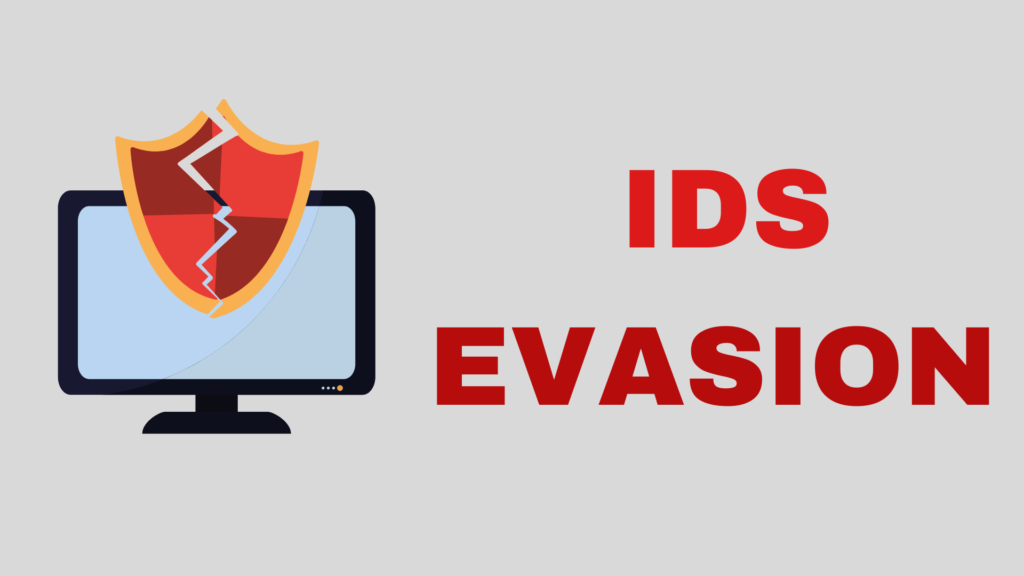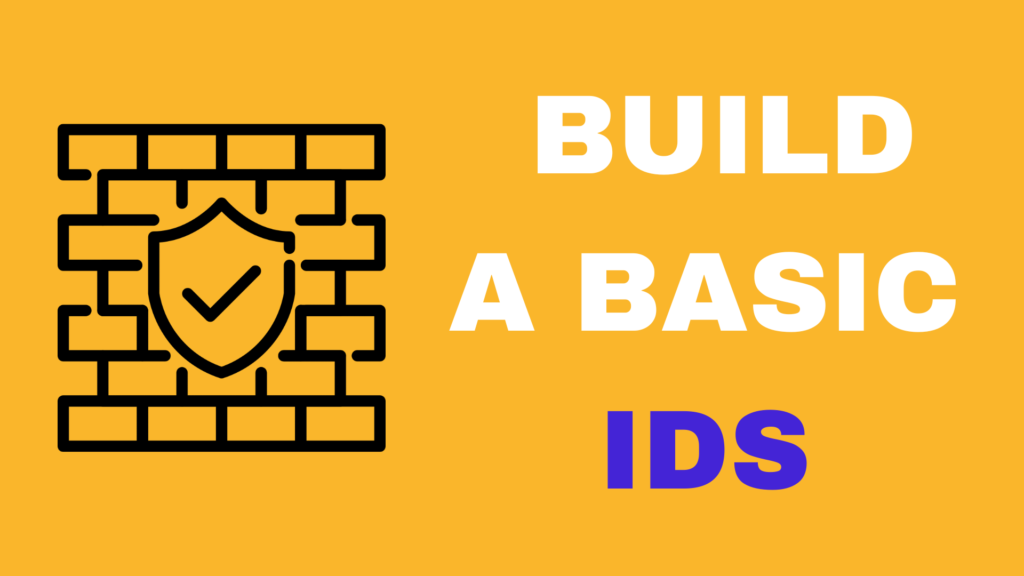Introduction
In today’s digital age, cyber threats are becoming increasingly common and sophisticated. As a result, organizations must take a proactive approach to cybersecurity, implementing measures that can protect their information assets from cyber attacks. This is where the role of a security architect comes in.
A security architect is responsible for designing and implementing secure systems and networks that can withstand various types of cyber threats. They work with different teams within an organization to identify potential security risks and design solutions to mitigate them. In this article, we will discuss the various responsibilities of a security architect in more detail.
Developing and Implementing Security Policies and Standards
Security policies and standards are the foundation of an organization’s security posture. A security architect is responsible for developing and implementing these policies and standards to protect an organization’s information assets, such as data, applications, and networks. This involves identifying the security requirements of the organization and defining policies and standards that align with those requirements. These policies and standards typically cover areas such as access control, data protection, incident response, and risk management.
Conducting Risk Assessments and Identifying Potential Security Threats
Risk assessments are a critical part of the security architecture process. A security architect is responsible for conducting risk assessments to identify potential security threats and vulnerabilities that could impact an organization’s information assets. This involves analyzing the organization’s systems, applications, and networks to identify potential weaknesses, and then assessing the likelihood and impact of potential threats. Based on this assessment, the security architect can develop a plan to mitigate or manage these risks.
Designing Security Solutions
Once potential risks have been identified, a security architect is responsible for designing security solutions that address those risks and meet the organization’s business requirements. This involves evaluating different security technologies and approaches and selecting the ones that are best suited to the organization’s needs. The security architect must ensure that the solutions they design are effective, efficient, and cost-effective, and that they align with the organization’s overall security strategy.
Reviewing and Approving Security Designs
As new systems, applications, and networks are developed, a security architect is responsible for reviewing and approving their security designs. This involves evaluating the security controls and measures that have been implemented and ensuring that they align with the organization’s security policies and standards. The security architect may also recommend additional security measures or changes to the design to address any potential security risks.
Conducting Security Audits and Assessments
To ensure that an organization’s security posture remains effective, a security architect is responsible for conducting security audits and assessments. This involves evaluating the organization’s systems, applications, and networks to ensure that they are in compliance with security policies and standards. The security architect may also identify any areas where security controls or measures are not effective and recommend changes to address these issues.
Staying Up-to-Date with the Latest Security Threats and Technologies
Finally, a security architect must stay up-to-date with the latest security threats, trends, and technologies to ensure that the security measures they implement remain effective. This involves monitoring emerging threats and trends, evaluating new security technologies, and recommending changes to the organization’s security posture as needed. By staying informed about the latest developments in the security landscape, a security architect can ensure that their organization’s information assets remain protected against new and evolving threats.
Conclusion
In conclusion, the role of a security architect is critical in protecting an organization’s information assets from cyber threats. By developing and implementing security policies and standards, conducting risk assessments, designing security solutions, reviewing security designs, conducting security audits and assessments, and staying up-to-date with the latest security threats and technologies, a security architect can ensure that an organization’s information assets remain secure and resilient against


